Friday Focus – David Collyer – British Life
by Christopher Osborne
Like many interesting people, David Collyer is a man of many parts. His LinkedIn profile presents a typically understated British view and he describes himself as an “Healthcare Professional, Photographer, Cyclist, and Human”.
I contacted David after I saw some snippets of his “British Life” series posted on social media. This body of work is an interesting observation on the changes occurring in British streets as the result of a mixture of Brexit and Covid make their presence felt.
David’s exploration of the subject began when Brexit was still the headlining the news in British newspapers. His images of “the Saturday girl, the village sweet shop and the fly-fishing supply shop are almost a metaphor” for the fight for survival across every small-town high street.
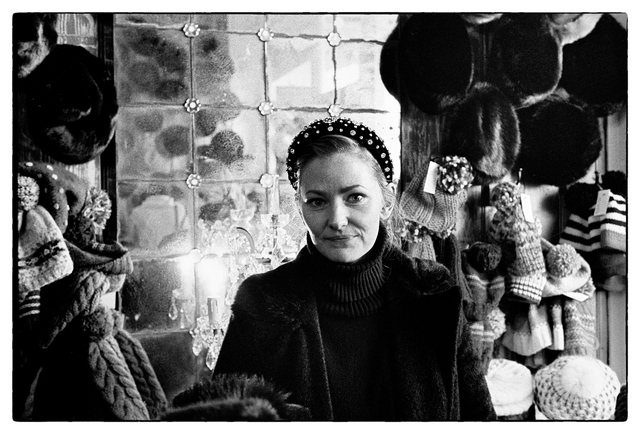
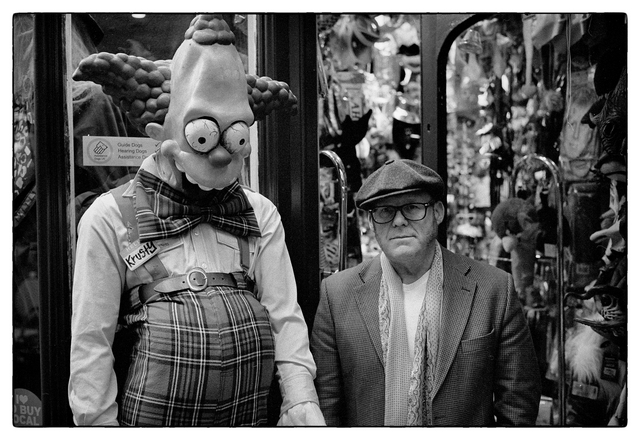
This collection now boasts almost 50 striking images and was due to be part of a joint exhibition with his son Ned at the Thru the Lens gallery in Hay on Wye. But Covid struck, and the exhibition was cancelled. David has continued working on the project.
As David is a self-confessed anti-Brexiteer, it is no surprise that his work considers not only the economic impact of the changes occurring across the British Isles, but also reflects on the way that large sections of society are “becoming increasingly inward-looking”. “Britain has always been described as a nation of shopkeepers”, and this theme runs through the collection.
Earlier in 2020, David had a “moment of fame” when his work documenting life inside of an NHS hospital struggling with Britain’s first wave of covid cases was published in newspapers such as The Guardian. This series also featured in Edition 6 of SilvergrainClassics magazine’s feature on the Docupan project.
These days I have a patter, a speel. I go up to anyone interesting and start with “Hi, I’m David Collyer. I’m a documentary photographer, and I am doing a project on XXX. Here is some of my work”. Photographs appear from his pocket.
I ask what reaction he gets. “Britons have a reputation for being quite reserved. They project an aura that says “don’t invade my personal space”. These days I walk across town talking to people”. Once David has started talking, he finds that “most people are flattered”.
“And carrying a film camera is a real icebreaker too”. Most of his documentary work is shot on a Leica M3. David also uses a Canon F1, a Mamiya C330 and a Bronica S2. He goes onto explain, “I love rangefinders because I can see over the top and see a scene developing”.
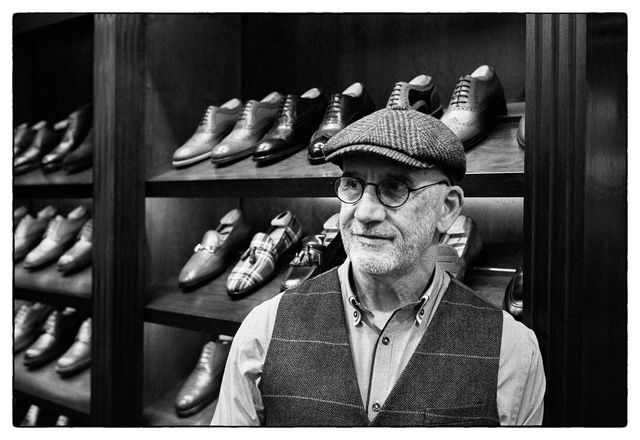
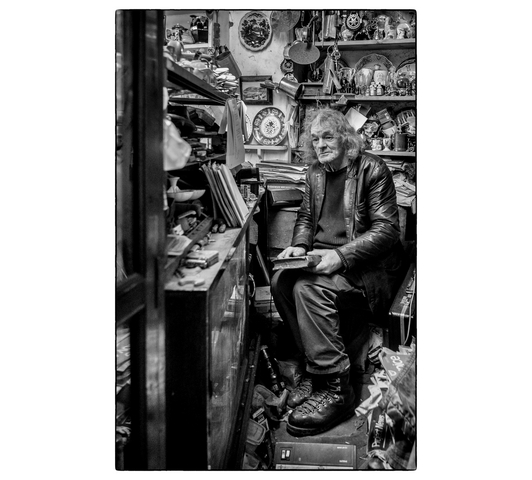
Producing a light meter adds to a sense of ritual and performance.
This collection has taken 2 years to make. I asked David how he knows when a project is finished. He pauses momentarily, and replies “when it has a good depth and variety, then you just know”.
I asked David about his editing process. He explains that he starts off looking for “a zing that jumps out of the page. It could be the man in the junk shop with huge feet or a twinkle in someone’s eye. Or maybe a sense of sadness”. He edits down to 100 or so images, and “starts to build up a narrative”. As the edit progresses, he looks for filler images. These might not make it to an exhibition wall but would certainly strengthen the visual story in a book”.
So, what happens next? “I am planning to revisit the collection. I need to see how they have survived 2020. And tie the effects of Brexit and Covid into an updated edit.
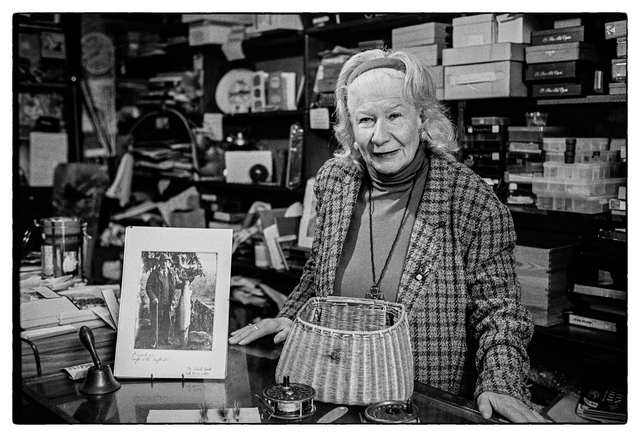
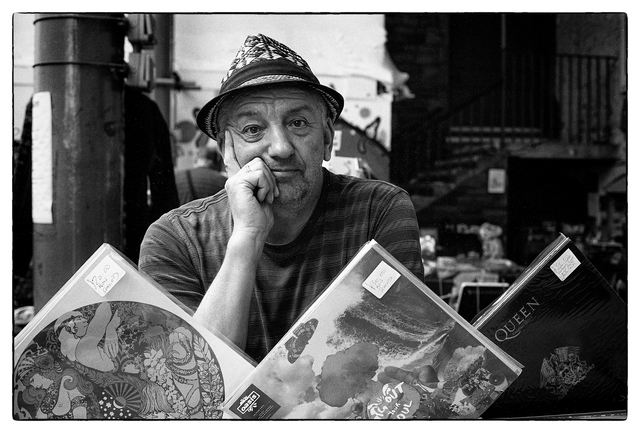
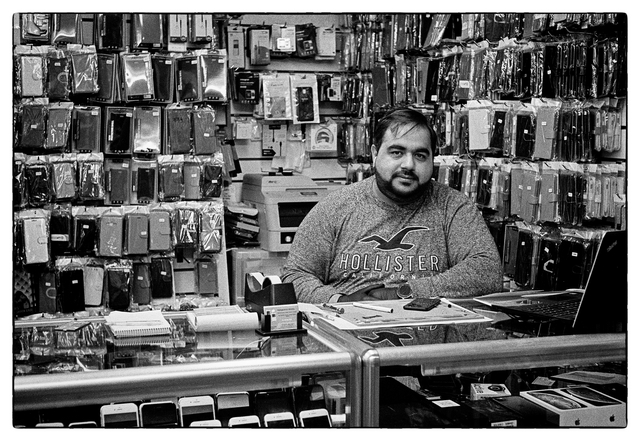
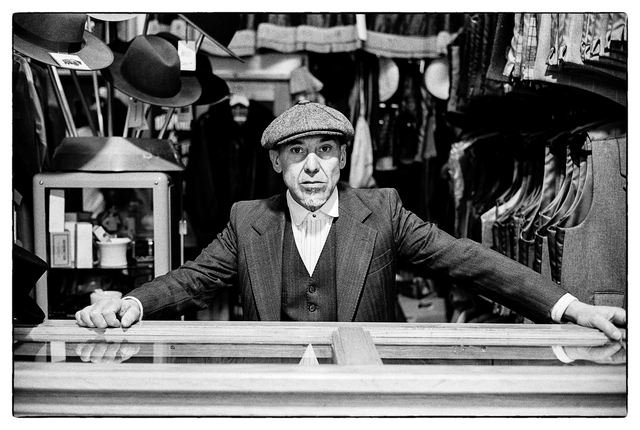
Images © David Collyer 2020.
You can see more of David’s work at www.davidcollyer.wordpress.com and on Instagram at @david_collyer_photographer
We have a favour to ask. We want to make these online articles free to the world. We see it as our contribution to the photographic community. You can help by subscribing to our awesome analogue photography magazine – https://shop.silvergrainclassics.com/subscriptions/
